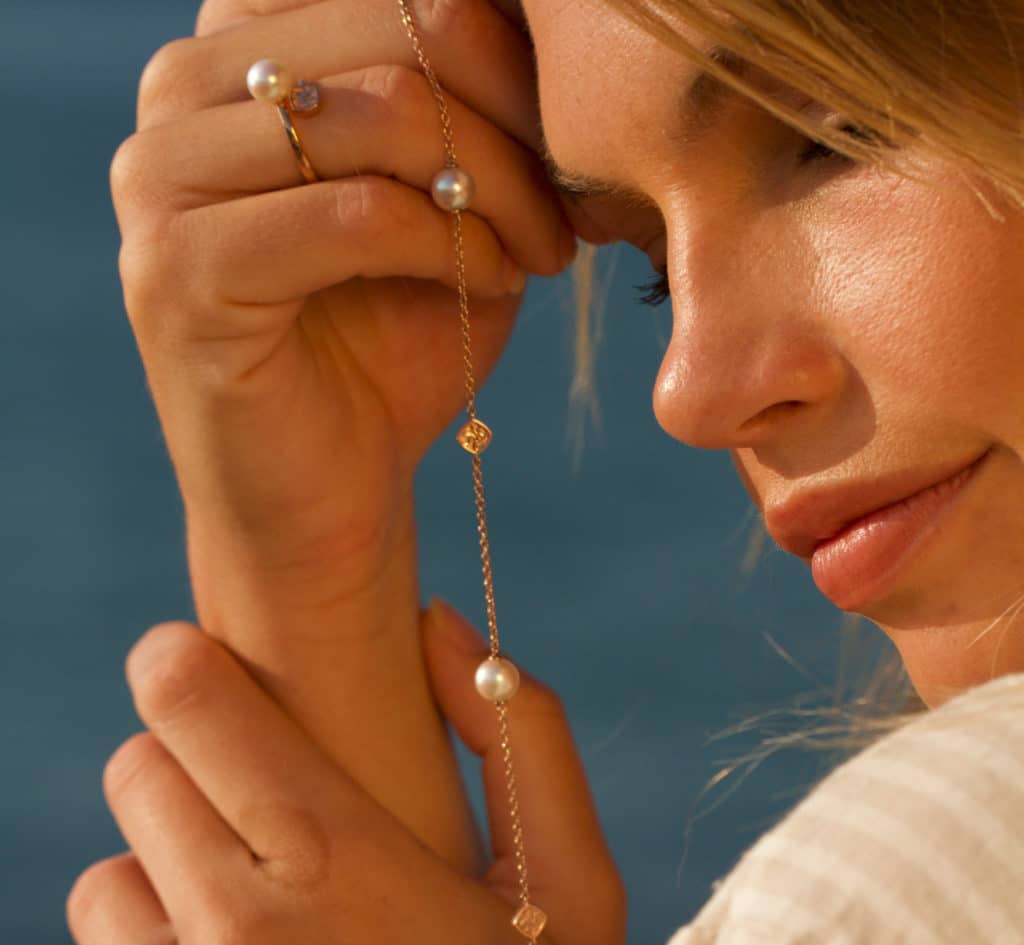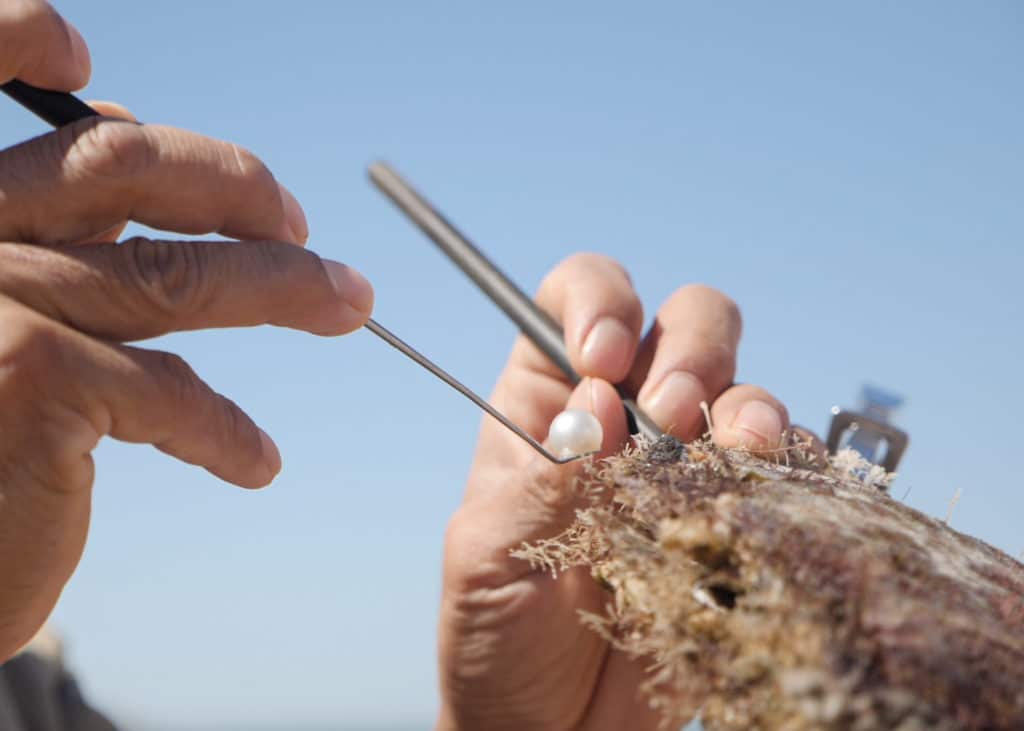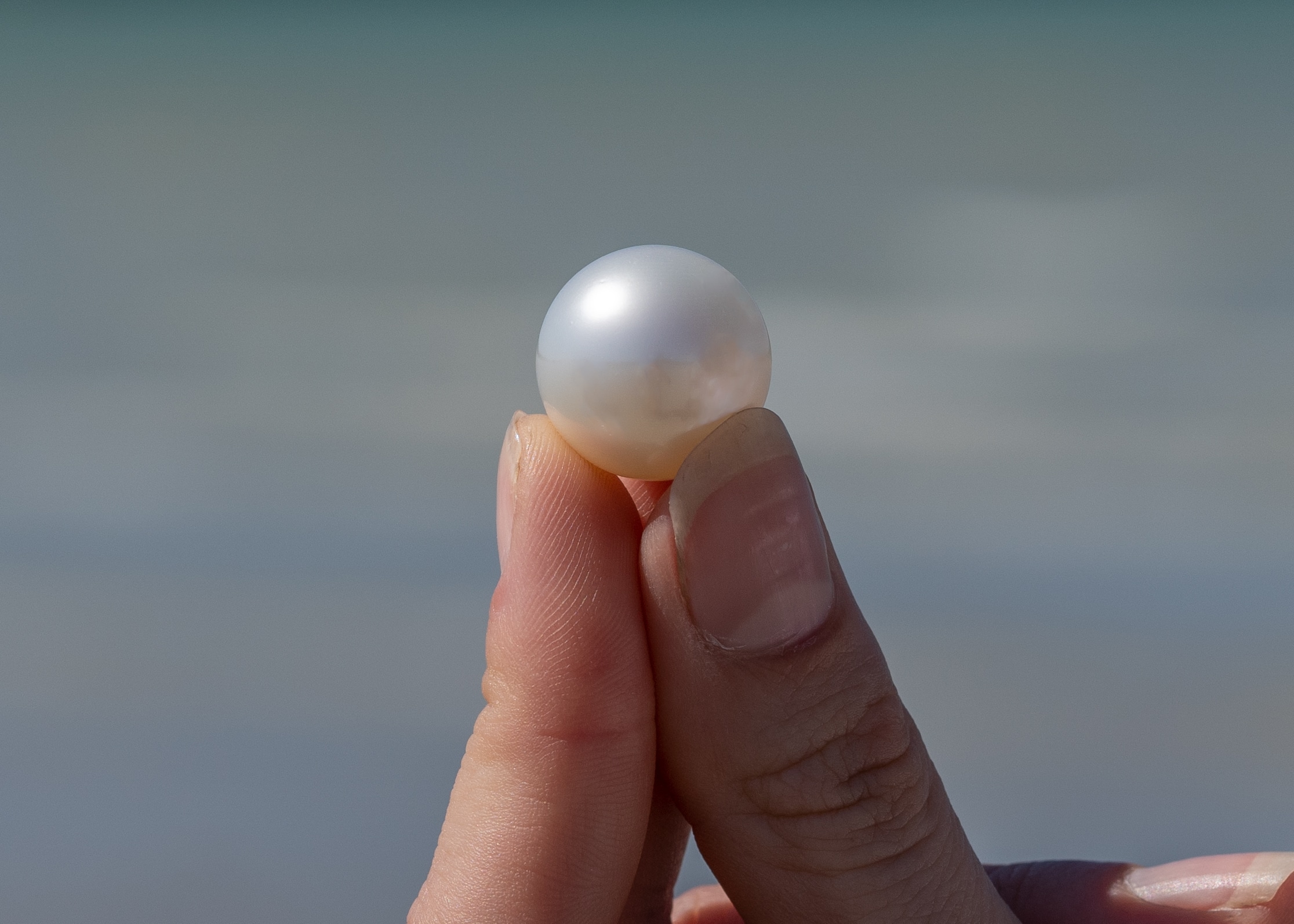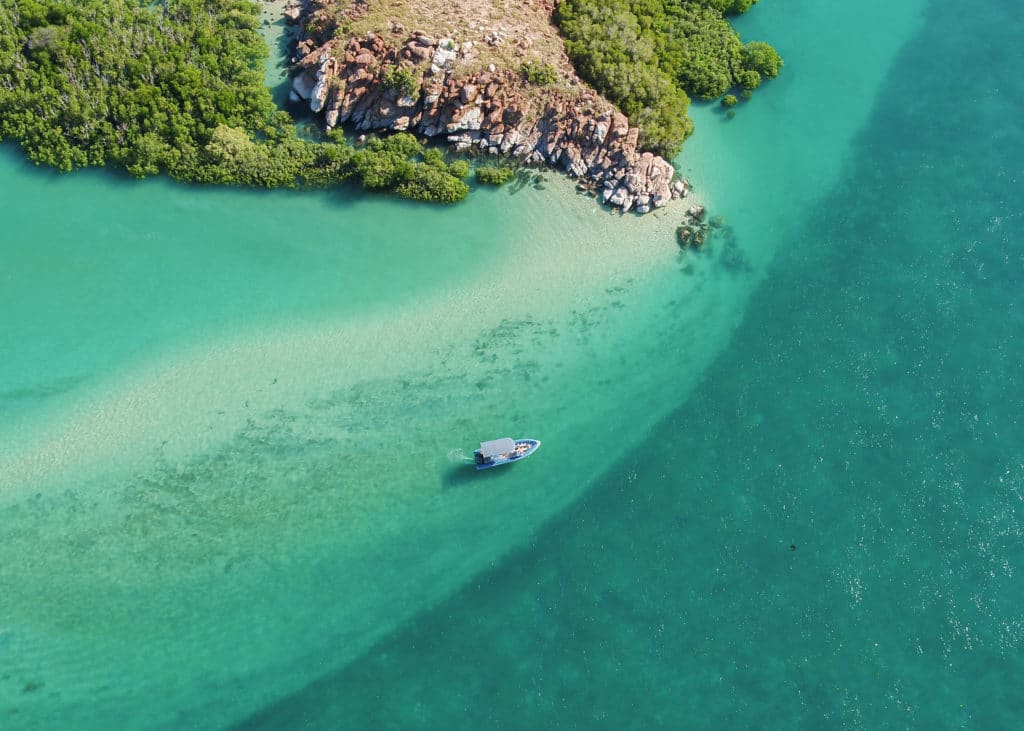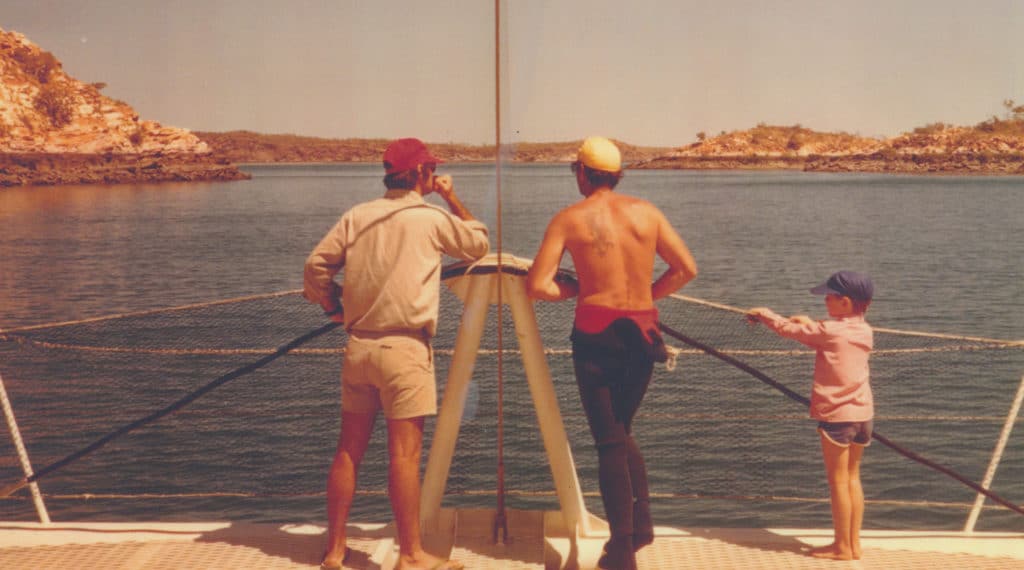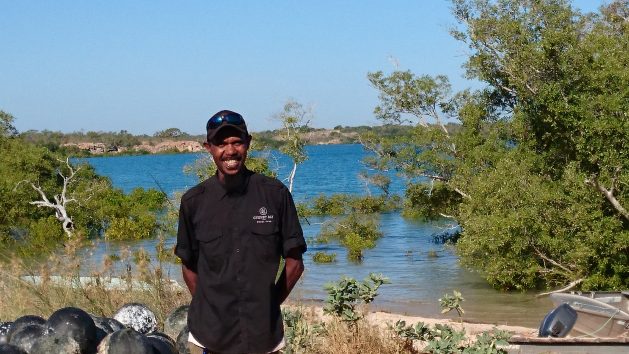– Australia’s remote north-western Kimberley coast, where the Great Sandy Desert meets the sapphire waters of the Indian Ocean, is home to the giant Pinctada maxima or silver-lipped pearl oyster shells that produce the finest and highly-prized Australian South Sea Pearls.
Australia is the only country in the world that uses wild oyster stocks. To ensure its sustainability, the pearling industry operates on a government-regulated quota system that sets a maximum number of wild stock pearl oysters that can be caught each year from the Eighty Mile Beach, south of Broome in the state of Western Australia. These wild pearl oyster beds represent the last wild commercial fishery for Pinctada maxima oysters in the world.
There are currently 15 wild stock pearl oyster licence holders, but the majority of licences are owned by Paspaley subsidiaries. As Paspaley Group of Companies’ Executive Director, Peter Bracher tells IPS, “Our wild pearl oyster quota is hand-collected by our divers. This is an environmentally friendly and sustainable form of commercial fishing that causes no damage to the seabed and produces no wasteful by-catch. Elsewhere in the natural habitat of Pinctada maxima, which includes much of the Indian and Pacific Oceans, the wild oyster populations have been depleted by overfishing.”
…
Australian pearling companies have been conscious of the need to protect the oysters’ habitat as there is a strong co-relation between Kimberley’s pristine environment and the production of high-quality pearls.
“The nutrient-rich Kimberley waters, in which our pearls are farmed, are our most valuable asset and monitoring their condition forms an integral part of our operations and management. We have opened our infrastructure and expertise to the academic world and established the Kimberley Marine Research Station to encourage independent marine research and to help bridge the indigenous cultural knowledge with scientific knowledge, which we believe will help in our attempt to ensure our production practices are sustainable,” says James Brown, the third-generation owner and managing director of Cygnet Bay Pearls, the first all-Australian owned and operated cultured pearling company.
Being an extractive and extensive form of farming, pearl oyster aquaculture is one of the most environmentally sustainable industries. Oysters are voracious filter feeders drawing their nutrition from micro-organisms like algae from the water column and in so doing effectively clean the water.
Source: Inter Press Service News Agency
Image: Terry Hunter is a cultural tour guide at Cygnet Bay Pearl Farm. Being an extractive and extensive form of farming, pearl oyster aquaculture is one of the most environmentally sustainable industries. Credit: Neena Bhandari/IPS
